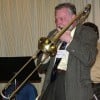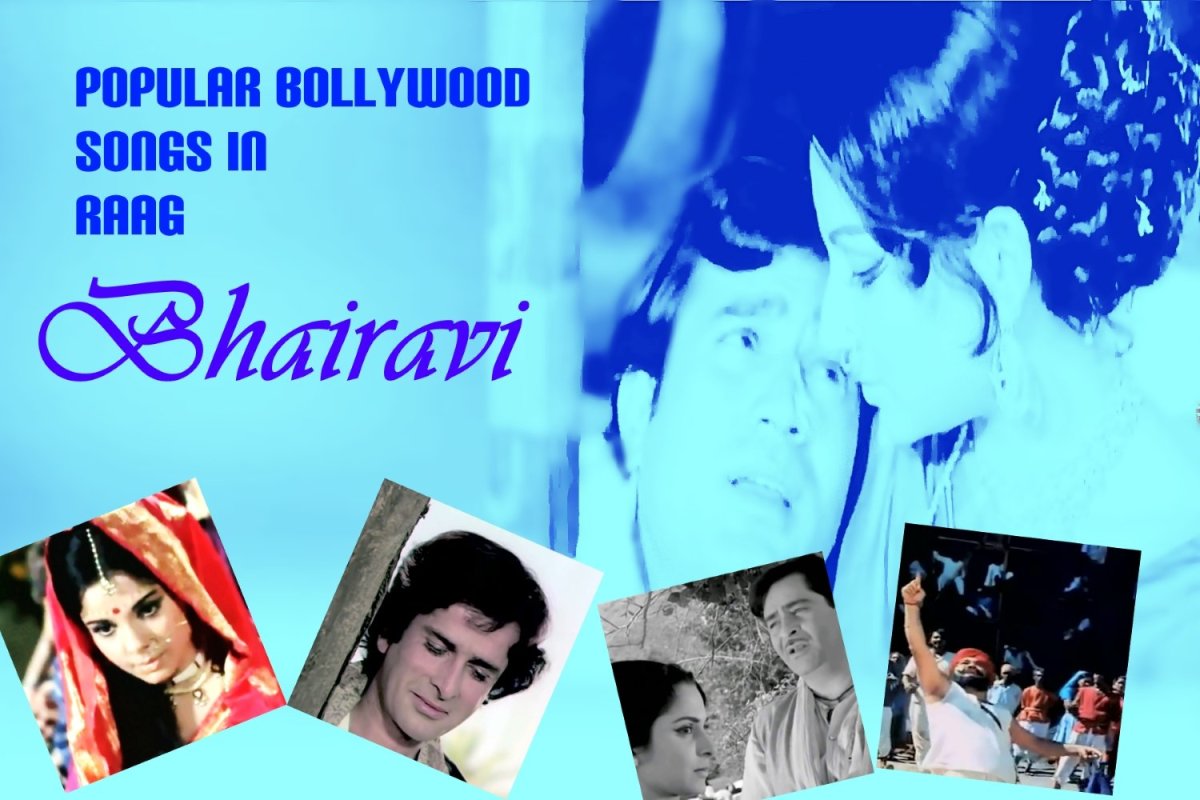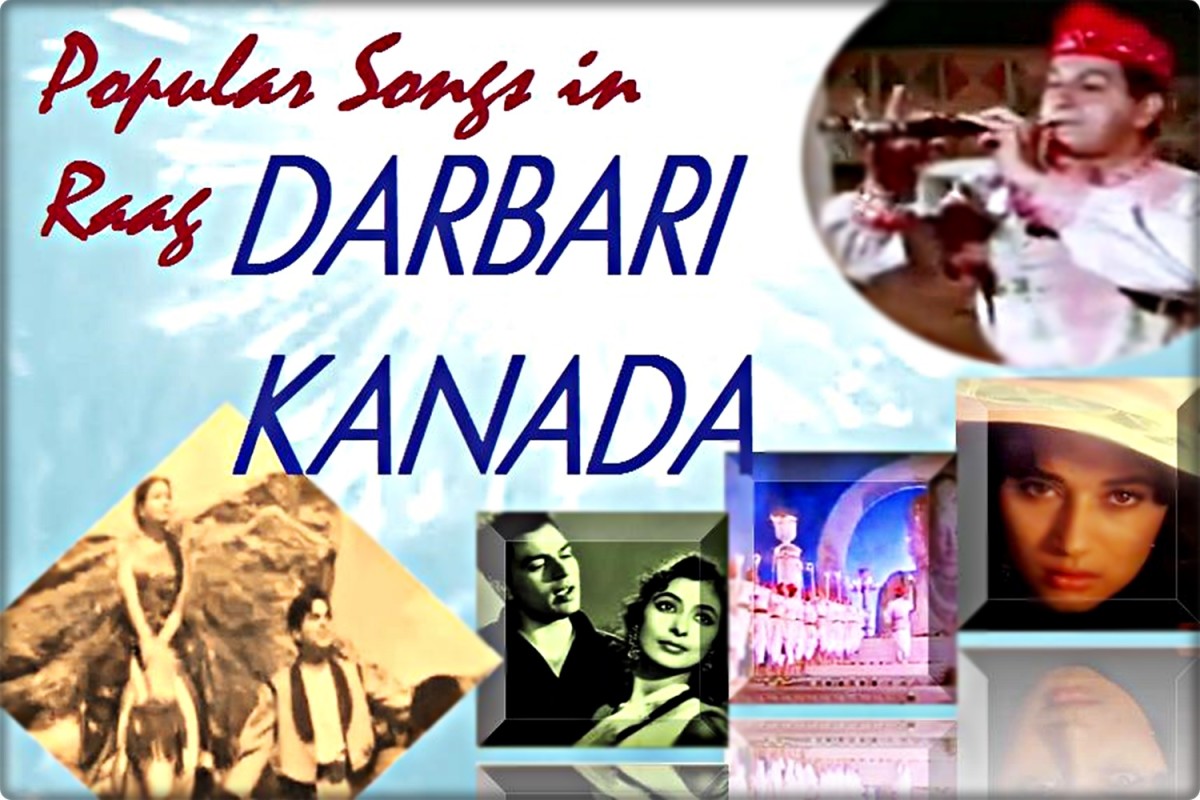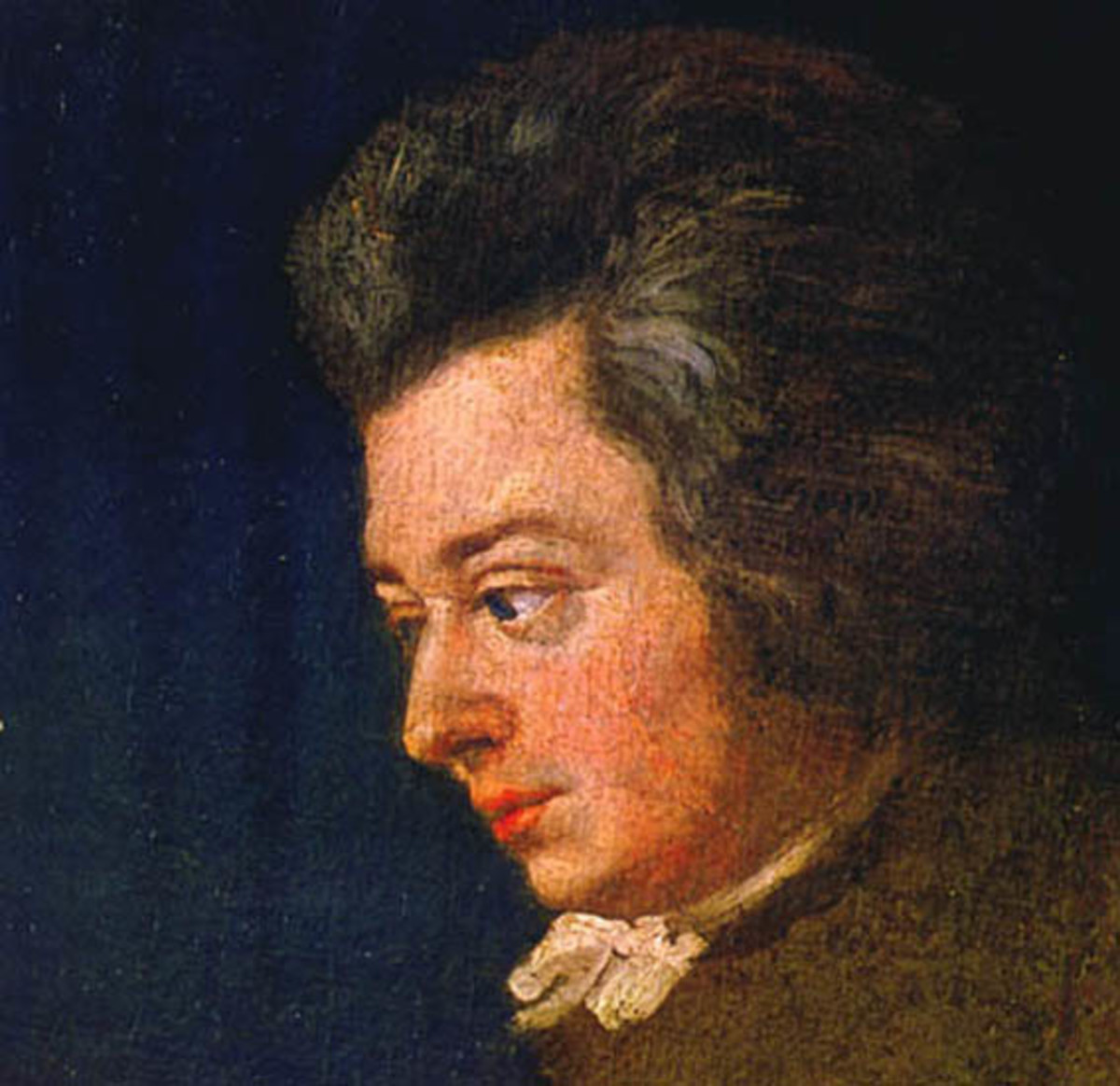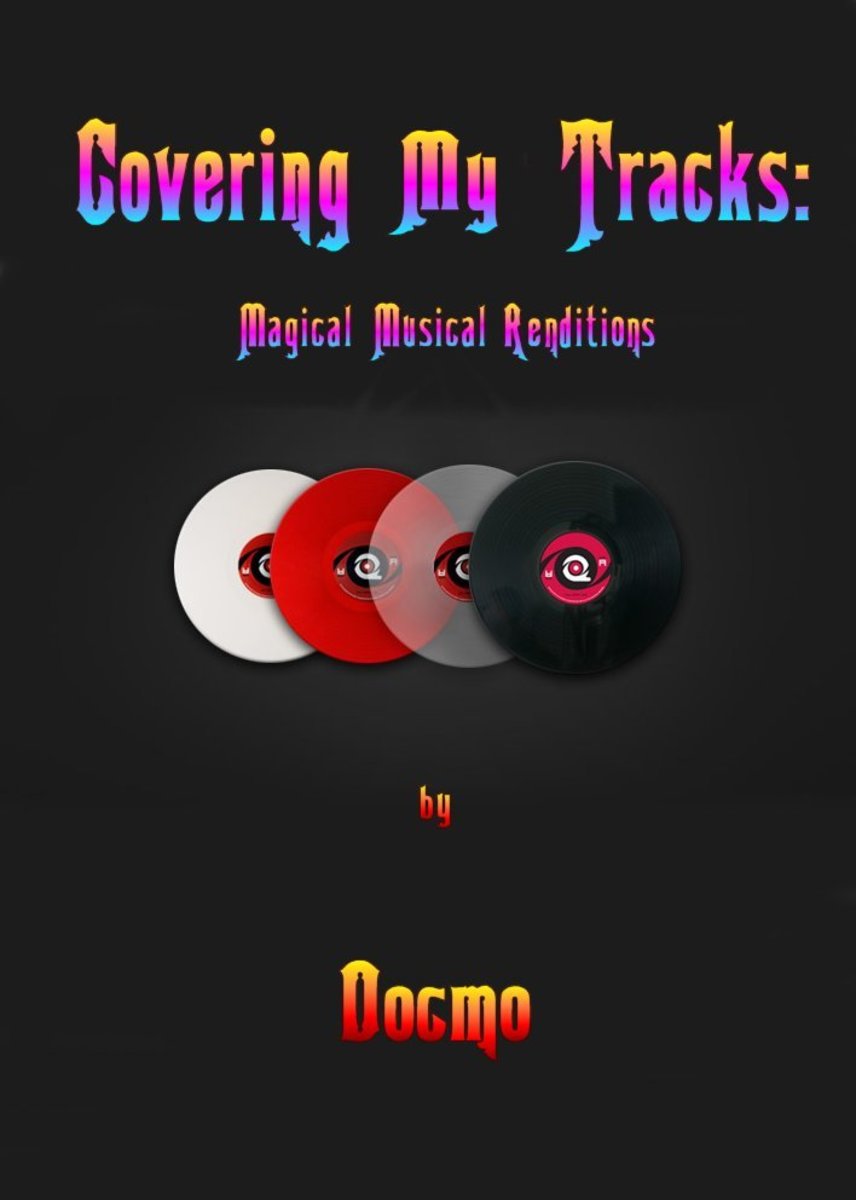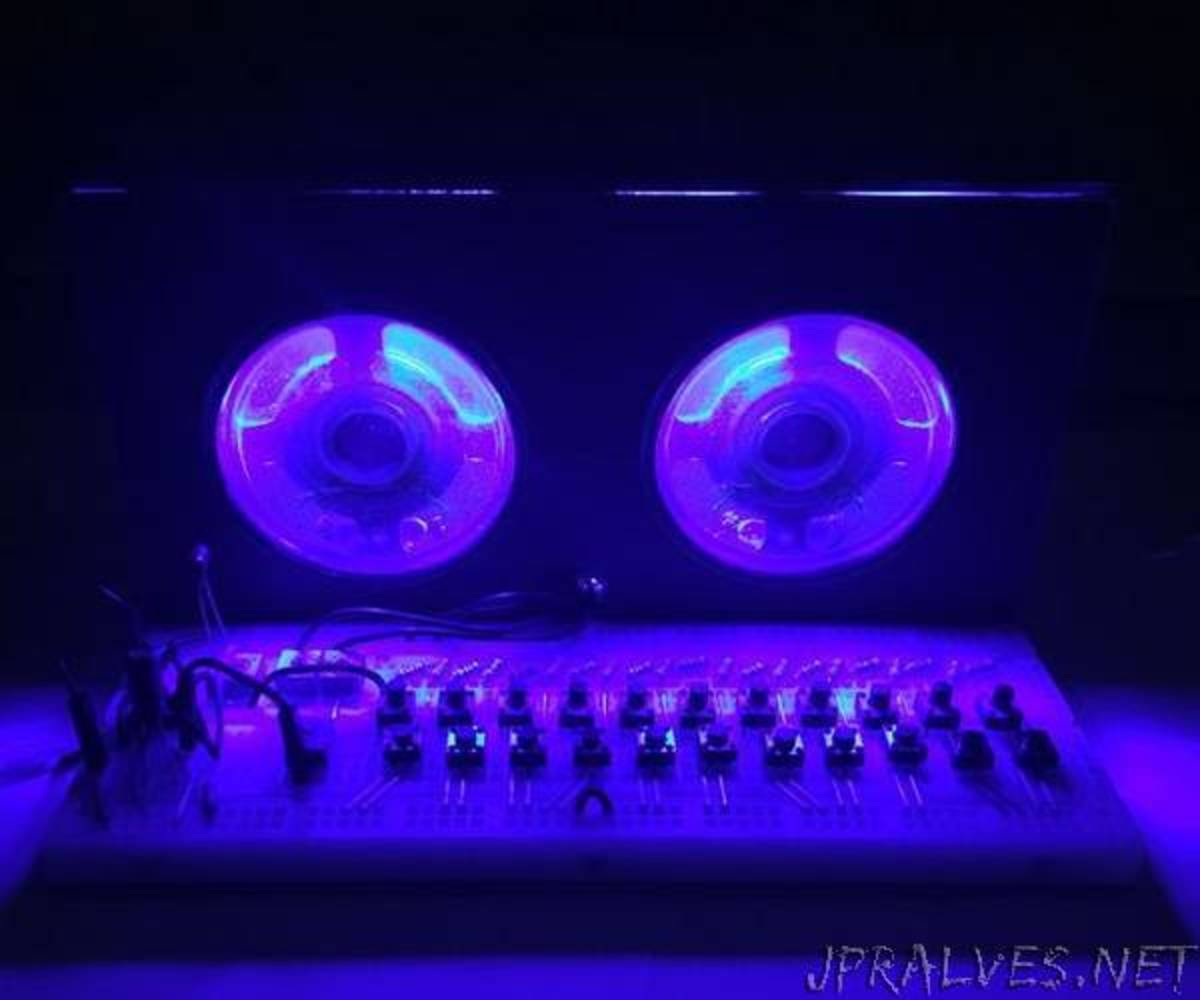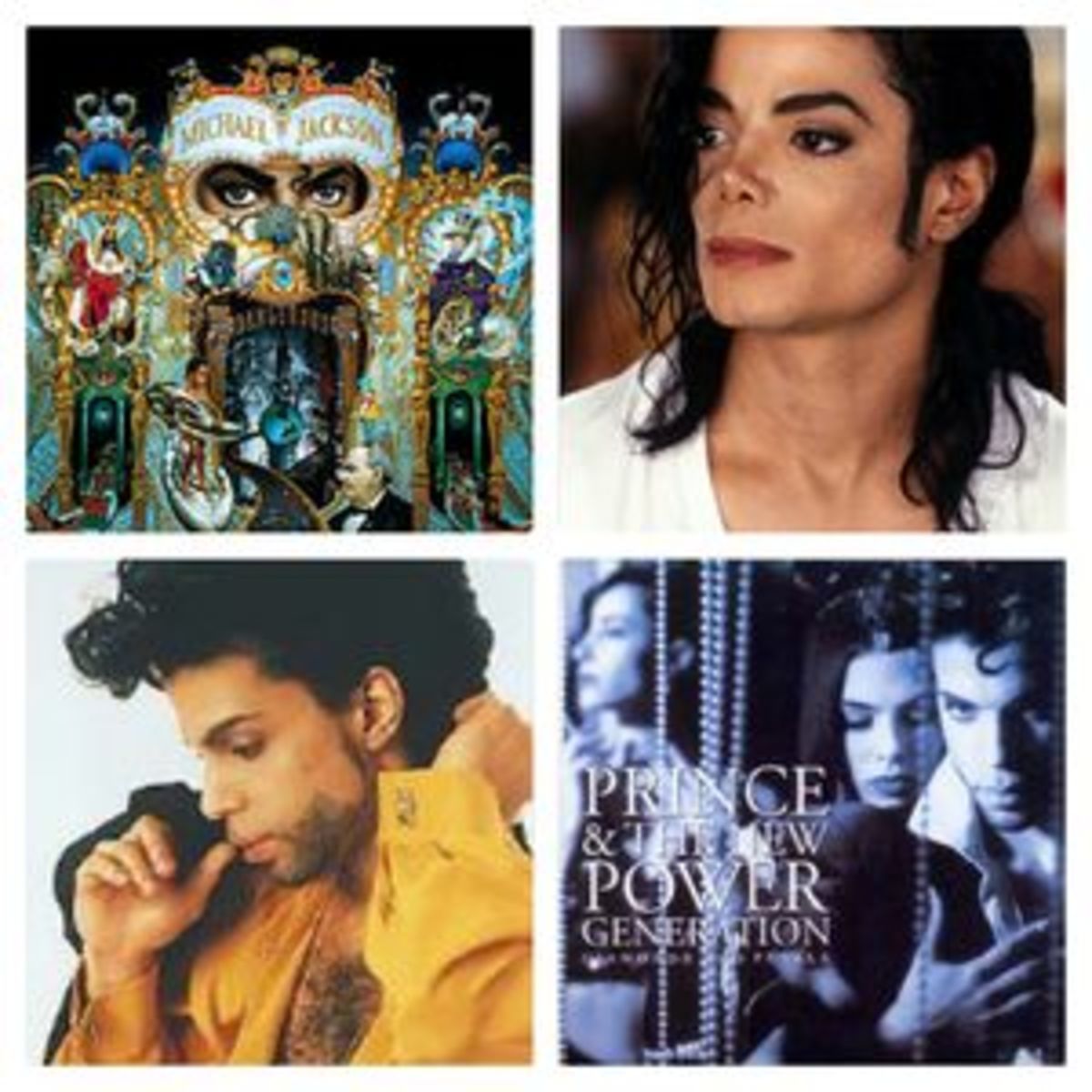Popular music: the birth of an idea
"Popular" has become used so loosely and in so many different contexts that it has begun to lose its meaning. For the purpose of this Hub, popular music means music marketed to a large public for commercial gain. That public seeks music both comfortably familiar and novel. The music must make a good impression at first hearing.
In other words, folk music does not count as popular music until someone wants to sell it to a mass audience. Popular music doesn't necessarily have to be commercially successful, but to count as popular music, it needs to aspire to commercial success.
Today, popular music consists mainly of songs, which the public experiences through live or recorded performance. Before and overlapping with the age of recording, the popular music industry depended on the sale sheet music, which the public would experience mostly by performing it at home. At that time, popular music also included piano music, as everyone's home entertainment system included the family piano.
There was at the same time another kind of popular dance music, marketed to people who paid for admission to the dance hall (or possibly concert hall) and performed by a band or orchestra. Today, there is no apparent distinction between songs and dance music, and therefore no reason to take any more notice of dance music in this Hub.
I have already written a Hub called Classical Music: the Birth of an Idea. Ironically, the whole concept of popular music developed at the same time and for the same reasons.
Before about 1700, the European population consisted of rulers and peasants. Even as early as the Middle Ages, a small segment of the population occupied some middle ground as merchants, bankers, physicians, craftsmen, etc.
Although everyone in society liked some of the same music, the rulers cared little about most of the music the peasants heard, and the peasants never got to hear any of the music the rulers heard in private. The middle class, such as it was, aspired to the higher status of the aristocracy, but lacked the hereditary connections.
During the eighteenth century, the middle class grew sufficiently both in numbers and economic influence to develop its own music for the first time in history. The aristocracy soon embraced middle-class music as its own. This new music did not require extensive music study in order to appreciate it or perform it.
Cities all over Europe developed some kind of public concert life, in addition to the public opera houses that already existed. Music lovers could also purchase printed music and perform it at home for their own enjoyment.
Even at this time, two different groups, no longer defined by class lines, comprised the audience for music. Some people sought nothing more from music than attractive melodies and entertainment. Music had to appeal to them on first hearing. Others sought to discern and appreciate artistic excellence. They needed to hear the same piece multiple times in order to discover satisfying subtleties of structure, melody, and harmony over time.
These two audiences went to the same concerts. Concerts were much more varied then, mixing orchestral music, songs, chamber music, and operatic selections on the same program. Concerts offered something for everyone. The two audiences also bought music from the same publishers and enjoyed at least some of the same composers. People could listen to Haydn's symphonies in concerts all over Europe, and his dance music in all the local taverns.
As long as conditions permitted people of all tastes to find something they enjoyed at any public performance of music, no one thought in terms of "popular" or "classical" music. After all, the symphonies of Haydn and others were entertaining enough for the people who wanted to comprehend music at first hearing, and many of the simplest songs had enough substance to satisfy people who wanted to discover something new with repeated hearings.
Composers and publishers issued a constant stream of new music, and performers always mixed the latest pieces with old favorites. For most of the eighteenth century, then, everyone was happy with a wide spectrum of the available music. Then came the French Revolution.
Hortense de Beauharnais
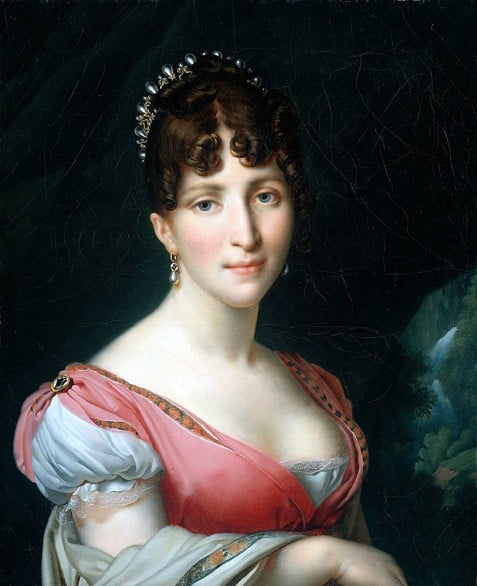
Cessation of public concerts in Paris came as an immediate consequence. Before long, concert series collapsed in London and Vienna as well. Since these three cities were the most influential cultural centers in Europe and home to most of the important music publishers, the demise of their public musical life had profound consequences that smaller cities that continued to offer concerts could not offset.
Publishers no longer had a market for new symphonies or other concert music. The lack of a market discouraged the development of a new generation of composers to succeed the great Viennese artistic triumvirate (Haydn, Mozart, and Beethoven). Where in earlier times, performances of the music of even the most highly regarded composers ceased shortly after their death, performances of these Viennese masters resumed when public concerts did. Not enough newer music appealed to those who loved artistry in music.
Those who sought amusement from simple music they could grasp on first hearing had no such constraints. Above all, they wanted songs and piano music. They didn't care if it had artistic subtleties. In fact, they didn't care if singers who performed the new songs had polished technique or really good voices.
Many composers happily wrote music for this audience. Others, musically illiterate but possessing a gift for making up melodies, paid someone else to write them down and provide harmonies and a piano part. Publishers realized that music for this segment of the public was more lucrative than the more serious music of better-trained composers.
The lack of public concerts did not keep aristocrats or the upper reaches of the middle class from obtaining entertainment in their own homes. They simply established salons and invited friends and associates to come hear new music. Members of their family might play some pieces. Traveling singers and instrumental virtuosos made the rounds of these salons.
Most of the piano music consisted of sets of variations on well-known songs or operatic arias, performed at the salons by their composers. The variations served only to show off their brilliance.
Each composer/pianist became known for certain mannerisms or tricks, which found their way into every new composition. That gave people who appreciated music for its entertainment value both the accessibility and novelty they craved.
People who preferred artistic value found nothing to like in this music. Not only did every piece fail to reveal new beauty on repeated hearing, every piece sounded like every other piece.
Better composers still wrote artistic piano music, but popular opera composers like Rossini drove artistically more sophisticated music out of the opera house. The few orchestral concerts that took place had little or no new music to join the Viennese classics on programs.
In short, those who loved music for art could no longer enjoy the same programs as those who loved it for entertainment. As the two audiences' tastes diverged, they began to snipe at each other in newspaper and magazine music reviews.
The by now old-fashioned symphonic music, with its reliance on sonata form and limited other fixed forms, quickly became known as classical music. Apparently the term "popular music" came along later, but the two ideas were born at the same time.
The idea of popular music developed when music became a commodity and composing became a business, when musically illiterate composers could succeed as professionals in the business, and when composers capable of succeeding in classical music chose instead to cater to the new mass audience.
People who loved Mozart's operas despised Rossini's and lamented the lack of new operas that were any better. People who loved Beethoven's piano music despised that of Henri Herz and other popular virtuosos. People who loved the newer music began to despise the older music.
Arguments between lovers of Beethoven and Herz in the 1830s are fundamentally no different from arguments between lovers of Beethoven and contemporary pop music today, although ironically, Rossini's music is now accepted as "classical" and tunes by "classical" composers formed the basis of popular songs within living memory.
